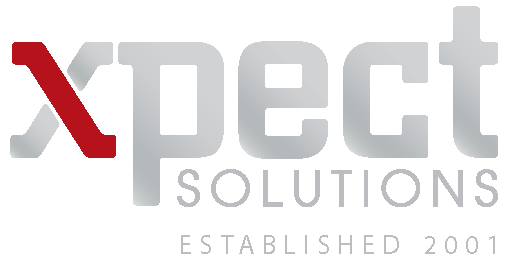Some people try to treat safety as a sort of balancing act. This means trying to have some sort of procedures in place, but sometimes neglecting or ignoring them in order to try and save time or effort that we feel is better suited elsewhere. This is a poor mentality to have in the manufacturing world. For example, if an accident or injury happens as a result of this balancing, the fallout will be far worse than any small amount of time you lose due to formal safety compliance. So, if you need to run a UL508A panel shop and improve your compliance, here are some good ways to start.
One good space to start, especially if working with hazardous materials, is making sure that you have some form of slip prevention present. Whether it’s due to spills or clutter, it’s very possible for people to fall in any given scenario. To make sure that you avoid this, make sure not only to attend to spills and keep any passageways clear, but also to look for things like loose boards or nails, that may potentially lead to a fall, but not be that easy to see.
Another thing that’s worth making sure that you focus on is equipment handling. For example, it’s very common for tools and machines to lead to injury in job settings when they aren’t properly used. This means that any sort of equipment, even the type that isn’t dangerous at first glance, should be looked at and be set for specific purposes. In addition, you also want to make sure that you are wearing proper safety equipment at all times, and regularly check to make sure that it isn’t damaged or compromised.
With the advent of automation, constant lifting may not be that common, but it is known to still be common in several industrial settings. This is why it’s more important to makes sure your staff are practicing good lifting form by using their legs, and making sure to use mechanical aids right away rather than trying to power through tough physical tasks.
Finally, as well as properly staging your facility to be as safe as possible, you also need to understand that there’s no guarantee of being able to avoid every single accident. This is why it’s important to have everyone on hand properly trained on now just how to respond to an accident, but how to respond to the potential of an accident. For example, if they are working on UL508A industrial control panels and notice a potential electrical hazard, is there a set practice to remove the offending hazard or clear the area? Does everyone know the proper supervisor to inform of such issues? Make sure you keep these in mind to create the safest setting possible.
